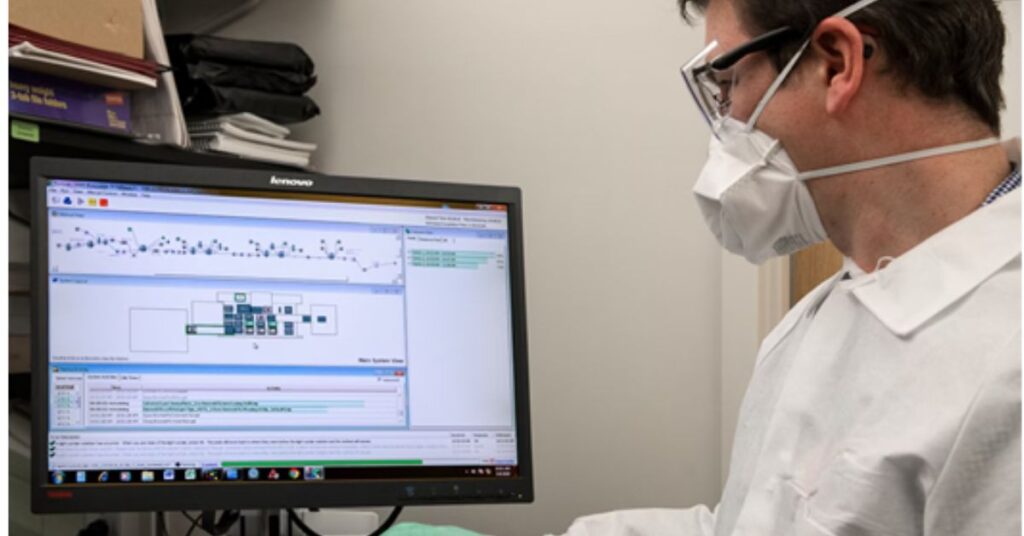Attention EHS manager! Want to improve your safety programs and keep your employees safe? This blog is for you.
Safety programs are important for preventing accidents and injuries at work. Yet, they can be hard to manage. Don’t worry!
We’ve gathered the best ways to help you make your safety programs work. With our advice, you’ll have the tools you need to create a safer workplace. Let’s get started and improve your safety programs today!
1. Foster Open Communication
Communication is key when it comes to implementing safety programs. Employees at all levels should feel comfortable voicing their safety concerns and suggestions. Encourage team members to share their thoughts through regular meetings or anonymous feedback channels.
This not only helps identify potential safety issues but also makes employees feel valued and invested in the overall safety culture. To facilitate open communication, establish clear channels through which safety-related information can flow.
Utilize digital platforms or safety suggestion boxes where employees can report hazards or suggest improvements. By providing these channels, you create an environment where safety is a shared responsibility.
2. Provide Comprehensive Training
Training is a vital component of effective safety program implementation. Employees need to understand safety policies, procedures, and why they are essential. Regular training sessions should cover not only the basics but also updates or changes in safety regulations and practices.
Equip your staff with the knowledge they need to recognize and mitigate risks in their daily tasks. Consider tailoring training programs to meet the specific needs of different departments. Each team might face unique challenges, and understanding these nuances can make your training initiatives more relevant and impactful.
For example, training for a warehouse team may focus heavily on manual handling and equipment safety, while office staff might need training on ergonomic practices and emergency procedures.
3. Utilize Technology and EHS Software Solutions
Implementing EHS software solutions, for instance, can streamline many safety processes, from training to incident reporting. These tools can help EHS managers track safety metrics, conduct audits, and analyze data to identify trends or areas for improvement.
Utilizing technology not only helps in data management but also improves incident reporting efficiency. For instance, mobile applications allow employees to report incidents in real-time, making it easier for a safety manager to respond swiftly. Furthermore, dashboards can provide an overview of safety performance, making it simpler to spot areas that require attention.
4. Establish Accountability and Recognition
Creating a culture of safety requires accountability at all levels. Set clear expectations regarding safety performance and make sure employees understand their responsibilities. Regularly review safety reports and performance metrics with your team to encourage accountability.
Along with fostering accountability, acknowledging and rewarding safe behavior can inspire employees to uphold high safety standards. Incentive programs can vary from official recognition to practical rewards for teams or individuals who go above and beyond safety expectations. Commemorating safety milestones promotes a feeling of accomplishment and strengthens the notion that safety should always be a top priority.
Learn How EHS Manager Can Effectively Implement Safety Programs
Implementing safety programs is crucial for the success of any organization and the well-being of its employees. An EHS software manager plays a crucial role in ensuring that these programs are effectively implemented.
By following the aforementioned strategies, EHS manager can create a safe and productive workplace. Let’s work together to prioritize safety and create a culture of prevention.
Looking for more tips and advice? You’re in the right place! Make sure to bookmark our page and come back to check out more interesting articles.







